
Welcome to GR Online, a series of short-form articles that take aim at the moving target of contemporary culture as it’s whisked along the guide rails of innovations in digital media, globalisation and late-stage capitalism.
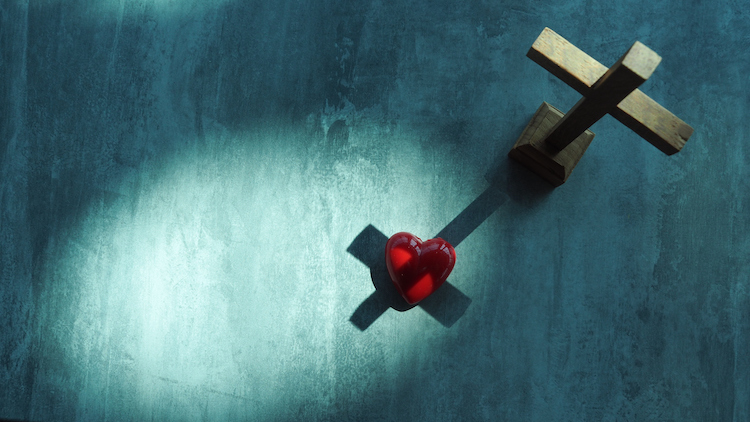
See through a glass darkly
On the way home that night we pass Oxford Street. It’s lit up and people are dancing in the windows of the clubs. There’s a rainbow flag on one of the buildings. Dad turns to look at this with a grimace: he shakes his head and sucks his teeth. He turns the volume up on the CD player and focuses on the road ahead.
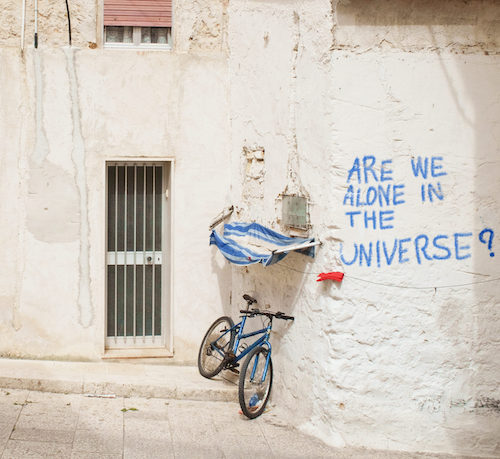
On the forging of identity
The night Sartre spoke in Paris can be seen as a hinge in time, the moment when modernity and its focus on individual identity came to the fore after the destruction of the old order. We are still living on the far side of the door Sartre pointed us through. Of course, modernity had a thousand authors. It was the product of billions of lives lived in close proximity. But Sartre, to me, best articulated a modern creed of what it means to be human.
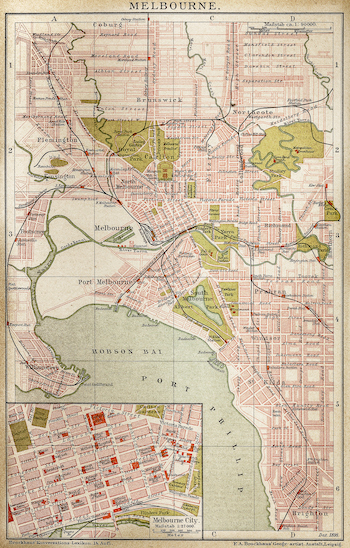
The dancing ground
After some initial research, and only finding one historical reference to a ceremonial ground within the CBD, I confined the puzzle of Russell’s lacuna to the back of my mind. The single reference I found was in Bill Gammage’s book The Biggest Estate on Earth, where he writes: ‘A dance ground lay in or near dense forest east of Swanston Street and south of Bourke Street.’ Not a great lead because it was two blocks away from where it was depicted on Robert Russell’s survey.
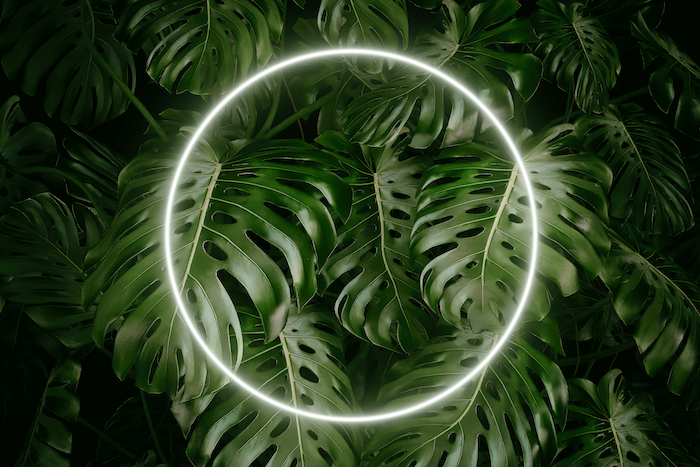
To sing, to say
How poetry works – its oracular way, its indirection – is how land works, he saw. Land as a teacher, as an embodiment not only of its own intergrity but of human aspirations and virtues like hope and beauty; land as an educator of the senses; land as a measure against which to prove and compare one’s own and others’ lives, as a theatre for the divine comedy of all human life; land as an elder, as a god, as a library...

The transhuman era
The story of the transhuman era has much in common with the creation myths of old – and with religious tales of transcendence. It heralds the emergence of a powerful – omniscient, omnipresent – force (AI) possessing intelligence that far exceeds our own. And lends itself to stories that play off destruction against what you could term ‘salvation’, in the form of digital immortality.

The future is hackable
Deepfakes point to a future that is simultaneously euphoric and apocalyptic: philosophers have positioned them as ‘an epistemic threat to democracy’, journalists have called them ‘the place where truth goes to die’, futurists have portrayed them as the digital harbinger of a mass ‘reality apathy’ in which even video will be a lie.
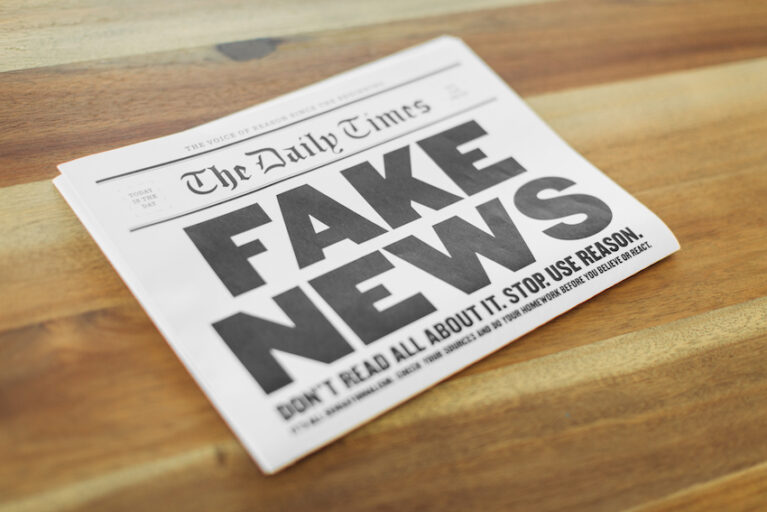
From Russia with love
The 'socialisation of women' narrative arose from journalistic innovations associated with the First World War. In response to an unprecedented demand for up-to-date news, the Australian press had embarked on rapid technological change. Editors installed steam- and rotary-powered printing machines, established distribution fleets of automobiles and trucks, and hooked up their newsrooms to telephone lines.
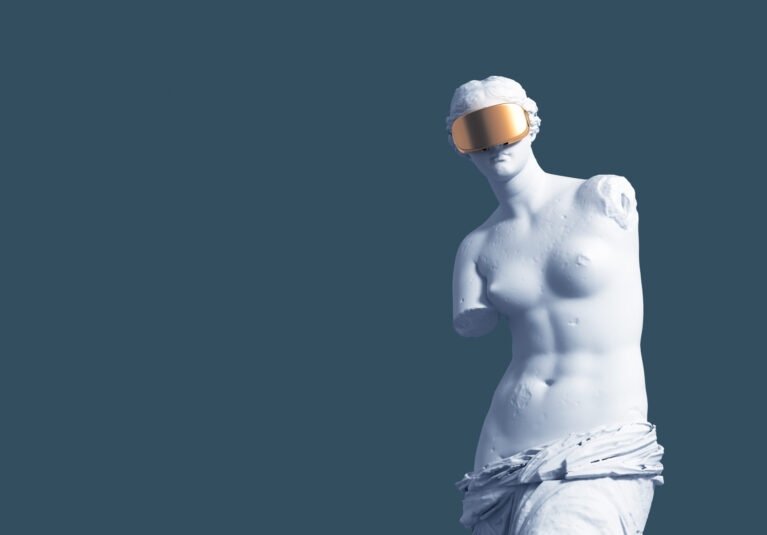
Rogues’ gallery
In the age of technological optimisation, we are equally as preoccupied with entertainment as we are with devoting leisure time to projects of self-actualisation. The contemporary success of art museums rests on their ability to compound the entertainment value of an amusement park with the promise of an educational experience.

Detachable penis
Three years into my transition during the 2021 lockdowns, my online shopping habit became a full-blown addiction. One of the weirder things that I purchased was a petite crocheted penis and testicles, hand-stitched by a crafty ‘bear’ called Devon. Each package was made-to-order, so I could choose everything from the shaft length to colour and testicle size. I could’ve even added ball hair.

The trick that tells the truth
As subjects of late capitalism, we’ve become inured to the amoral cynicism inherent in relentless corporate marketing; yet both the good faith of our human nature and the susceptibility of our lizard brains ensure that we also remain receptive... In 2020, the disjunction between AGL’s public relations and the truth of the company’s business practices was highlighted and ridiculed in the public realm, ending in a court case of profound significance on Australia’s twisted road to belated action on climate change.

About face
Our image-centred world has elevated what writer Jia Tolentino calls ‘Instagram face’, a racially ambiguous assemblage of ethnic ‘greatest hits’ – wide cat-like eyes, big lips, smallish nose, high cheekbones. Few people will have a face that fits this template... But, whatever, you can pay for it.
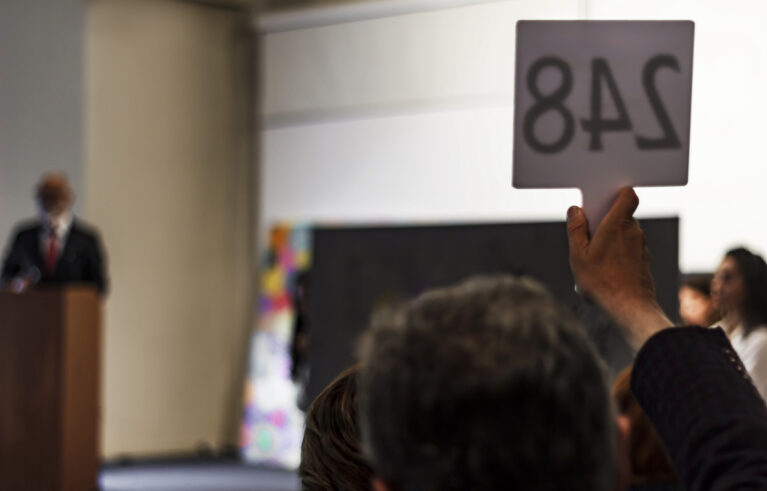
The future of art fraud
Over lunch with the international art auctioneer, I told him the art dealer – a mutual acquaintance – said she would ‘support’ my work at auction. She explained that if an artwork didn’t receive enough bids during an auction, she would bid to buy it for a higher amount. Then there would be a public record of my work being sold for the value assigned by her, which she would show people when reselling it privately.